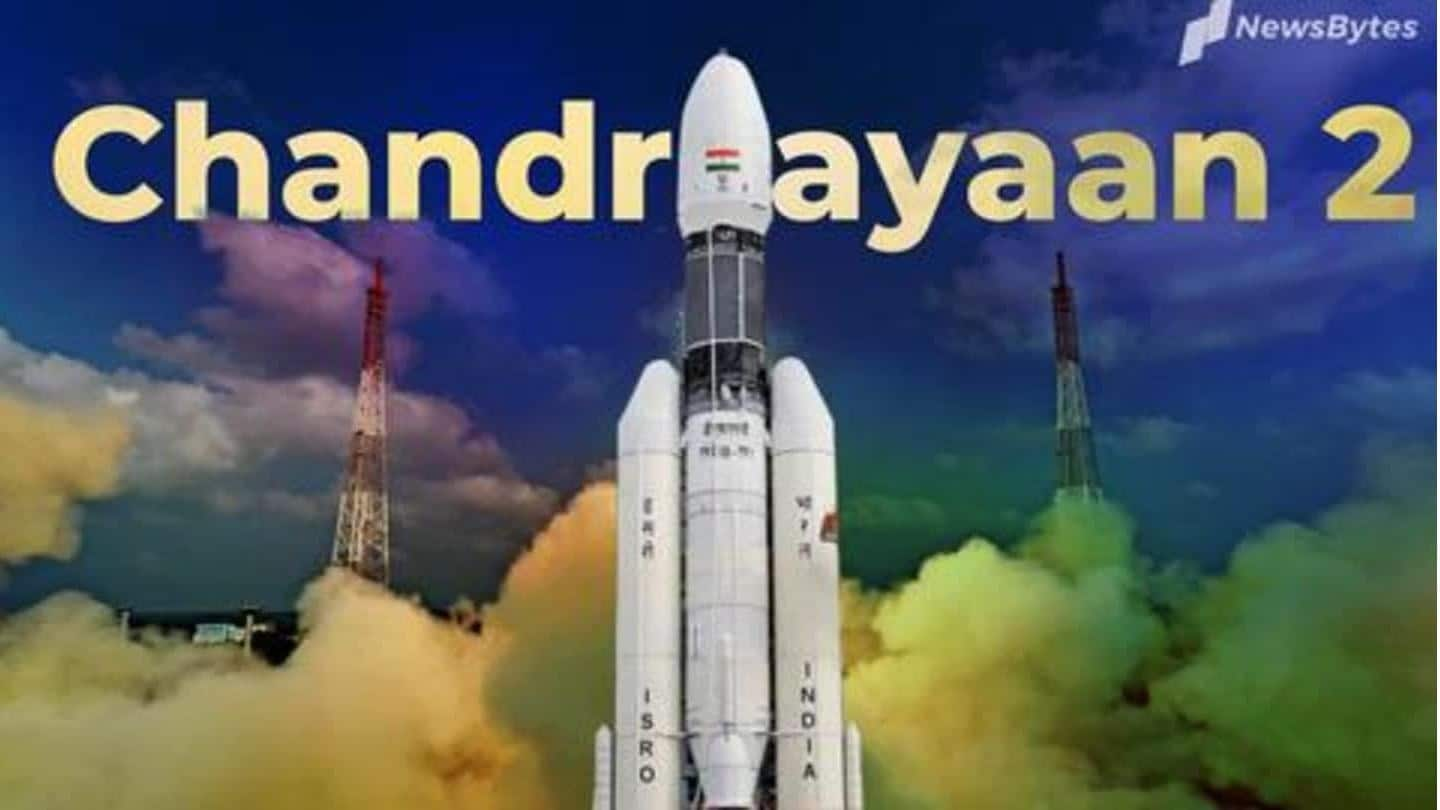
Chandrayaan-2 Orbiter reveals the Moon has abundance of sodium
What's the story
For the first time, Chandrayaan-2's X-ray spectrometer has found an abundance of sodium on the Moon.
What's interesting is that the alkali element has been spotted in the 'wispy' atmosphere termed 'exosphere.'
CLASS's (Chandrayaan-2 Large Area Soft X-ray Spectrometer) discoveries have also revealed that sodium on the lunar surface is present as loosely bound atoms or as a part of the core mineral composition.
Context
Why does this story matter?
Sodium is a volatile element found in the exosphere of several celestial bodies in the solar system.
So far, the element has been quantified from samples brought back to Earth by Apollo, Luna, and Chang'e lunar missions.
Now, ISRO claims that the spectral data from Chandrayaan-2 might aid in the thorough estimation of sodium composition on the Moon.
Findings
The presence of sodium was earlier detected by Chandrayaan-1
Previously, the Chandrayaan-1 X-ray Spectrometer (C1XS) revealed the presence of sodium in the X-ray spectrum.
According to ISRO, the alkali element does not have 'telltale signatures' in visible or near-infrared wavelengths.
Chandrayaan-2's Large Area Soft X-ray Spectrometer (CLASS), an enhanced version of C1XS, covers more area (4X) and measures weaker signals at a higher spatial resolution of 12.5km.
Effect
Solar radiation and micro-meteorites can liberate weakly bound sodium atoms
According to the study published in The Astrophysical Journal Letters, a part of the detected signal by CLASS could be attributed to weakly bound sodium atoms on the lunar surface.
In comparison to the strongly bound sodium atoms at the mineral core, the loosely attached atoms are more likely to be dislodged by external agents (solar winds or ultraviolet radiation) into the lunar exosphere.
Possibility
The study of surface-exosphere interactions on Moon will be aided
Since 1988, Earth-based telescopes have been able to make out the faint sodium glow around the Moon, which is analogous to the color of light emitted by a sodium vapor lamp.
Scientists at ISRO claim that the findings from Chandrayaan-2 would aid in the development of models to explore surface-exosphere interactions on the Moon and other airless bodies in our solar system and beyond.